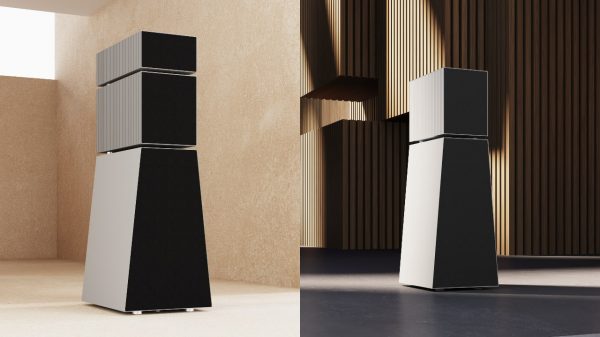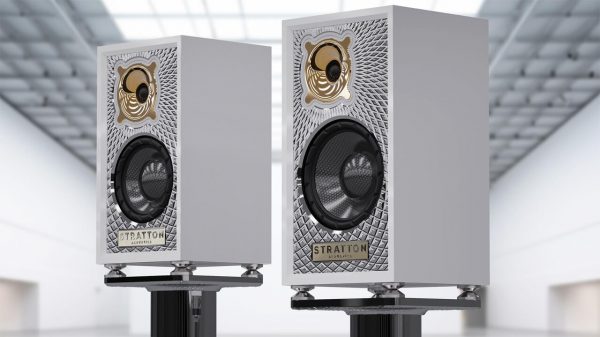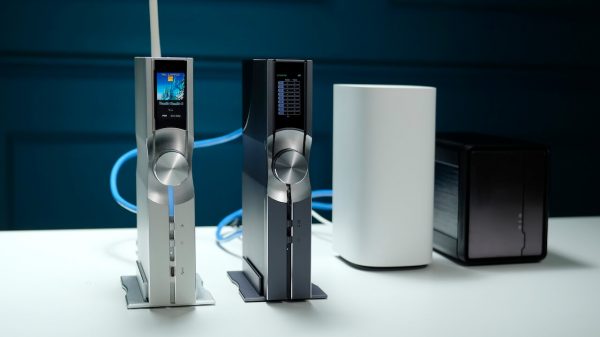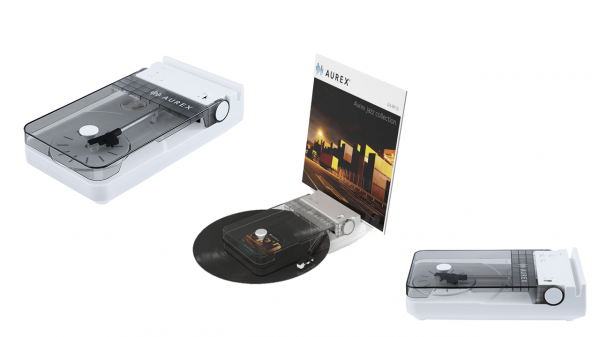Inside the Xbox 360: High Technology Coupled With Low Margins; Portelligent ‘Quick Turn Teardown’ Provides Detail on IC Complement, Suggests Negative Profitability on Early Hardware Sales
AUSTIN, Texas – In a “quick-turn product teardown” analysis performed on a Microsoft Xbox 360 game machine purchased on release day, Portelligent, Inc., has secured new details on the Xbox 360’s system architecture.
“Several vendors were known to be key providers to Microsoft’s new game console,” explains David Carey, president and CTO of Portelligent, “but our teardown analysis uncovered some of the more subtle aspects of the supply chain needed to bring the 360 to market. The new design certainly centers around the graphics processor and CPU from ATI and IBM respectively, but other semiconductor players got in on the action too. Samsung provided all 64MBytes of high-speed graphics SDRAM in the unit we analyzed, the third most costly element in the design. Custom ASICs believed to be from SiS and Chipidea perform key interface functions while smaller-value components from ON Semiconductor, Analog Devices, Broadcom, Hynix, National Semi, and Cypress are also to be found in the complex design.”
Based on its product teardown analysis, Portelligent estimates the total hardware cost-of-goods sold (COGS) for the $299.99-retail “Core System” to be approximately $310, reaffirming the negative-margin aspect on the hardware side of the game-console business. “While estimates of BOM contributions from the major high-end ICs are challenging and speculative given the complex technology and business issues in play, these initial BOM estimates highlight the challenges of achieving profits on sales of high-performance game machines,” commented Carey. “Naturally, Microsoft is banking on sales of higher-margin bundle systems, accessories, and of course games, to turn the financial picture positive.”
Cost reduction and risk management strategies are important in the attempt to mine profits and Microsoft’s console design showed evidence of provision for multi-sourced component solutions in several places. Parts thought to be supplied by one vendor turned out to be from someone else in the unit analyzed. As Carey explained, “The Xbox 360 board design and layout show clear evidence of enabling alternate parts in selected areas. In fact our analysis turned up four different ‘surprises’ for component design wins when compared with information already out in public.” The devices that support the wireless link for the Xbox 360’s wireless game controllers, for example, appear to be supplied by both National Semiconductor and Marvell.
Portelligent, Inc., located in Austin, Texas, USA, offers reports and analyses that are generated through a rigorous “product-teardown” methodology to the electronics, wireless, semiconductor, and financial sectors. Portelligent is a spin-out of the MCC research consortium, where underlying analytical methods and cost models were developed.
For additional information about Portelligent, visit the Portelligent Web site at http://www.portelligent.com or contact the company directly at Tel. 512-338-3600.























